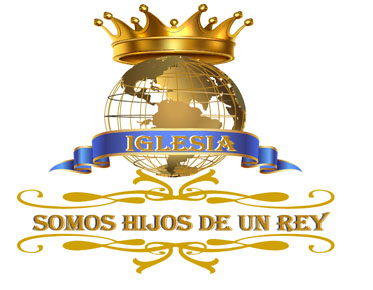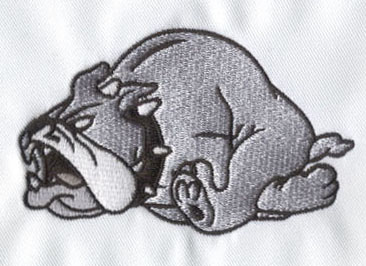Understanding Vector Art Conversion and Strategies to Enhance the Process
Vectorization, also referred to as vector art conversion, is the process
of converting raster images, which are composed of pixels, into vector images,
constructed of paths. These paths define a shape with an X and Y axis to
represent images. Unlike raster images that lose quality when scaled up, vector
images maintain their quality irrespective of the size, which makes them ideal
for various designs, from business logos to large billboards.
Vectorization Process
The vectorization process generally starts
with a raster image. The image can be a photo, a scanned drawing, or a piece of
art. The vector conversion process
is either manual, semi-automatic, or automatic, depending on the complexity of
the image and the required quality of the final vector.
1. Manual Vectorization: Here, a designer
manually traces the image using a tool like Adobe Illustrator's Pen Tool. This
approach offers the highest level of control and results in the most accurate
vector, but it's also time-consuming.
2. Semi-Automatic Vectorization: In this
method, software assists with the conversion. The designer might use a tool
like Illustrator's Image Trace feature, which automatically creates a vector
based on the raster image's shapes and colors. However, it often needs manual
adjustments afterward to ensure accuracy.
3. Automatic Vectorization: This involves
completely automated software or online tools that can convert raster images to vector. Although it's the fastest method,
the resulting vectors often lack accuracy and detail.
Strategies to Enhance Vectorization
Improving the vectorization process involves
strategies before, during, and after the conversion.
1. High-Quality Source Image: Start with the
best quality and the highest resolution raster image you have. The cleaner and
clearer the image, the easier the conversion process.
2. Appropriate Tools: Choose the right tool
depending on your needs. If you need a detailed and accurate vector, opt for
manual or semi-automatic conversion. Use automatic conversion for simpler
graphics or when precision isn't critical.
3. Understanding the Tool's Settings: If
you're using automatic or semi-automatic vectorization, familiarize yourself
with the settings of the software. Adjusting parameters like path fitting,
corner angle, noise suppression can significantly affect the outcome.
4. Refining After Conversion: Always refine
your vector arts after conversion.
Look for inconsistencies, correct any imperfections, and smooth out curves.
5. Practice: Vectorization, especially manual,
requires a learning curve. The more you practice, the better you become at producing
high-quality vectors.
Vectorization is a key process in digital
design, providing scalable images with crisp, clean lines and shapes.
Understanding the process and implementing the right strategies can
significantly enhance the outcome, ensuring high-quality vector images for your
design needs. If you are busy with your business, you can turn to professional vector art conversion services like
Eagle Digitizing.



